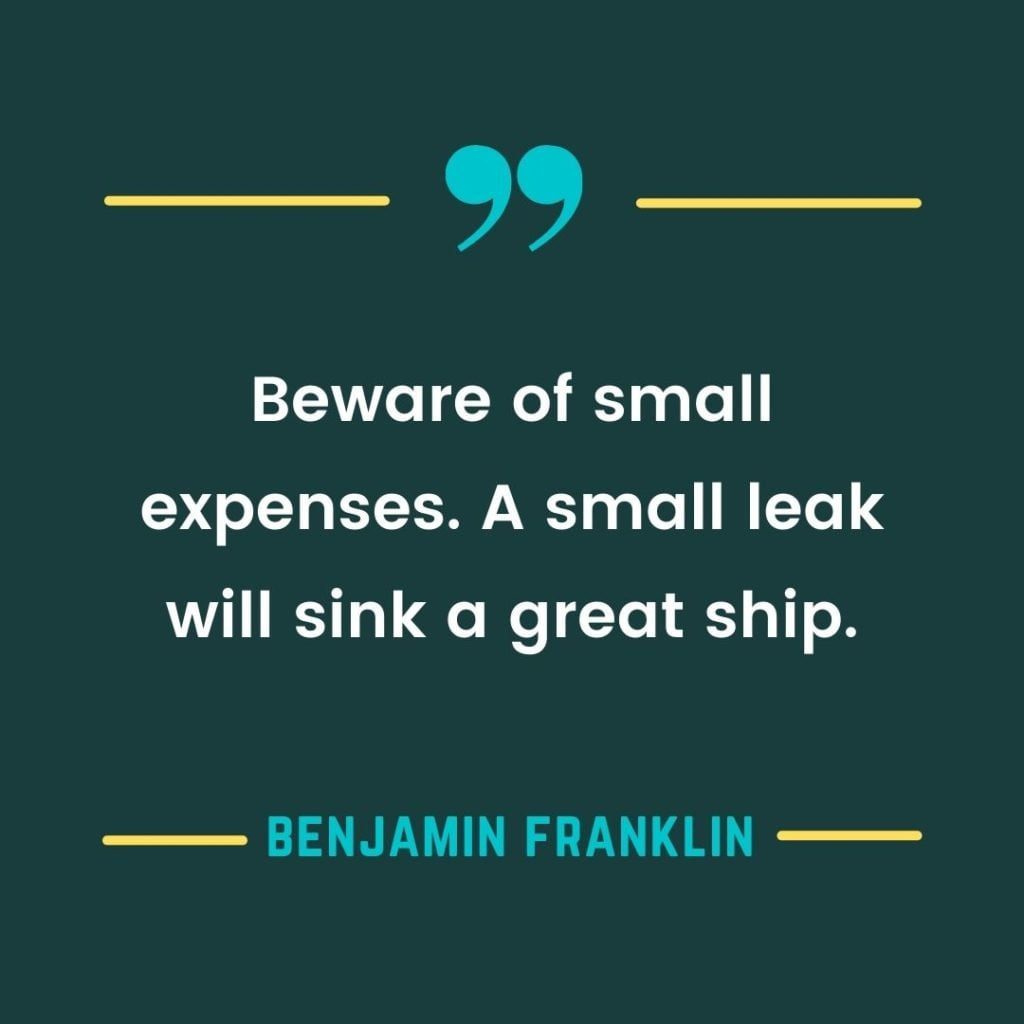This post may contain affiliate links. We may receive compensation when you click on links to those products at no additional cost to you. Read our full disclosure here.
Before we jump into the nuts and bolts of how to invest for retirement, it is important to first build your financial foundation to ensure long-term success. Investing is a risky business, and we need to make sure other aspects of your financial situation are well-taken care of before investing your hard-earned money.
1. Budget, Budget, Budget!
Budgeting is essentially having a clear understanding of how much money you’re making vs. spending. This is key when you build your financial foundation, as budgeting is the fuel for your financial health and gives you control over where your money goes. There are a lot of budgeting tools out there, but to put it simply, here are a couple of tips to budget efficiently:
- Account for every dollar you make and spend.
- Identify your income and expenses.
- Any leftover money should be assigned a job, ie. paying off debt, investing, emergency funds, save for next month’s rent, etc.
- Leave room for flexibility and adjust your expenses as time goes on.
- Income changed? Adjust your budget. Spending too much in one category (like dining out)? Adjust your budget.
- Spend less than you make.
- Either increase your income by learning different ways to make money or decrease your spending.
- Track your budget.
- Use a spreadsheet or budgeting app/software to track your budget. Discipline and consistency are key here!
With a well-oiled budget, you are able to take control of your finances and cut off unnecessary spending that can free up dollars for your financial goals and objectives, like investing. Learning how to budget is easy and should be your first step when you build your financial foundation.

2. Emergency Savings
Life happens and you’ll need money that is safe and easily accessible (liquid) to address any immediate cash needs. Examples of emergencies include car repairs, job loss, medical emergencies, etc. An emergency fund is a bank account where you save money for a rainy day and unexpected expenses.
Experts usually recommend having 3-6 months’ worth of living expenses, but it really depends on your liquidity needs, and it is recommended to have at least $1,000 starting out. This is important before you start pouring your life savings into investments, as you do not want to be selling your investments to cover short-term cash needs as:
- You may generate taxes and/or penalties.
- You may be forced to sell your investments at a loss.
An emergency fund is important when you build your financial foundation to weather any storms in your financial plan.
3. Pay Off High Interest Rate Debt
The definition of high interest rate debt varies, but I personally would categorize any debt that is above 6-7% as high interest rate debt. This is because the stock market historically returns about 7% annually adjusted for inflation, and any debt that has a rate higher than that should be paid off first for a “guaranteed” return (the return is what you save on interest rate).
To illustrate this, let’s say you worked out your budget and have $200 monthly to either pay down debt or invest.
You have a debt of $10,000 with a 10-year term and an interest rate of 10%. Allocating $200/month towards paying off the debt first would save you a total of $4,296 in interest and you can pay off all your debt in 3 years – that’s a guaranteed amount into your pocket!
However, if you invested that $200 in the stock market monthly and earned an annual average of 7% over that 3-year period instead while continuing to pay off your debt with $132/month, you will have only earned an extra $786 in interests over the long-term! Besides, there is no guaranteed return in the stock market, so if the market performs badly during that 3-year period, your returns will be much lower too.
There are 3 main ways to pay off debt – debt avalanche, debt snowball, and debt consolidation. Each one has its benefits so be sure to read this article to see which one suits you best.
4. Get Insurance
The next thing to review before starting to invest is to protect what you have. This includes getting the necessary life insurance, disability insurance, health insurance, auto insurance, home insurance, and any other types of insurance that you may need. Having adequate insurance is important as unfortunate events can happen anytime and insurance will act as a safety net to prevent you from financial ruin.
Once you have insurance in place, remember to review the information frequently to ensure that the information is up-to-date. For example, the beneficiary information, coverage amount, and what types of insurance you need are all information you’ll have to be on top of.
Be sure to learn more about the different types of insurance and shop for insurance that meets your needs at a reasonable price. Policygenius is one of the best sites to compare and contrast life insurance and home insurance without breaking the bank!
5. Educate Yourself
Investing is not complicated, but it is very risky if you don’t know what you’re doing. Therefore, you need to first educate yourself on how to invest first before starting. There are a lot of resources out there, and this blog is one of them, so start learning and getting comfortable with the information you receive. Here are some of the best investing books to read right now:
- The Intelligent Investor by Benjamin Graham
- Stock Investing for Dummies by Paul Mladjenovic
- A Random Walk Down Wall Street: The Time-Tested Strategy for Successful Investing by Burton G. Malkiel
- The Behavioral Investor by Daniel Crosby
- Morningstar’s 30-Minute Money Solutions: A Step-by-Step Guide to Managing Your Finances by Christine Benz
If you want to learn how to invest practically without risk, check out Investopedia’s Stock Simulator. This completely free tool allows you to buy and sell stocks with virtual money and learn the ins and outs of investing. It comes with a guide that teaches you about how to use the tool as well as investing basics and fundamentals.
Summary
Investing is a risky business. It is important to build a financial foundation first before investing to ensure that you are stable and have a safety net if things go awry.
- A budget can help you identify how much you can invest and how to ensure every dollar.
- Pay off high interest debts first for a “guaranteed” return in terms of the interest you would have paid.
- An emergency fund helps you address short-term financial needs to weather financial emergencies.
- Insurance is important to protect your assets.
- Educate yourself in investing and personal finance topics to ensure you are equipped with the tools for financial success.
The opinions expressed in this article are for general information purposes only and are not intended to provide specific advice or recommendations about any investment product or security. If you have questions pertaining to your individual situation you should consult your financial advisor.
This post may contain affiliate links. We may receive compensation when you click on links to those products at no additional cost to you. Read our full disclosure here.






